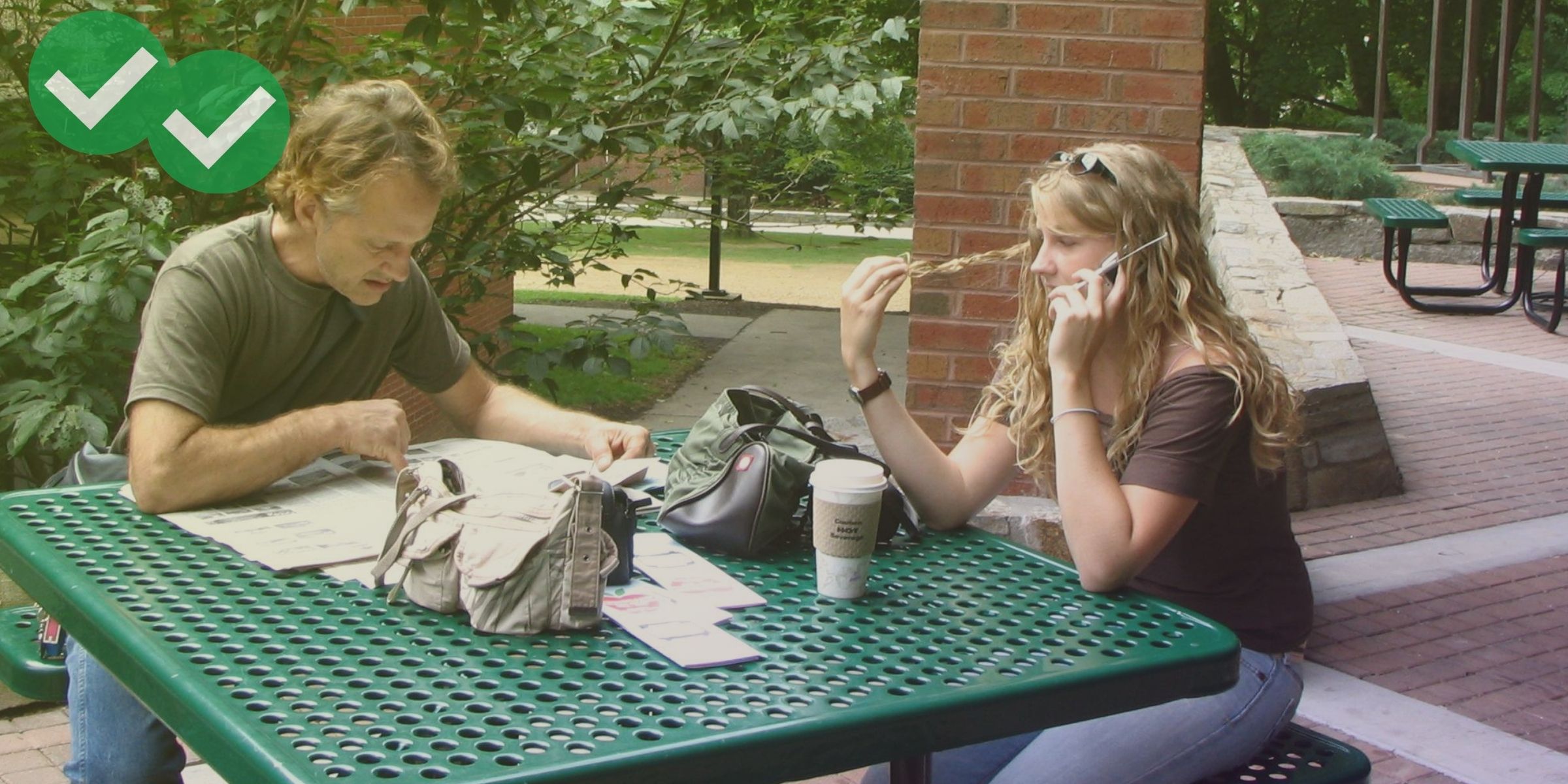Being able to speak clearly and understandably is important in the TOEFL (and in life). So you’ll want to make sure you can pronounce common English words correctly. Some of the hardest English words to pronounce correctly are the ones containing the letters “ough.”
This is because “ough” can be pronounced in many different ways. It is pronounced 10 different ways in British English, and 6 different ways in North American English. You maybe breathing a sigh of relief right now, since the TOEFL uses U.S. pronunciation. Still, even six different sounds is a lot.
The 6 Sounds of “-ough”
Here are examples of each of the six sounds, with pronunciation written in IPA:
1) /oʊ/ as in “though” (rhymes with “toe”).
2) /uː/ as in “through” (rhymes with “true”).
3) /ʌf/ as in “enough” (rhymes with “tough”).
4) /ɒf/ as in “cough” (rhymes with “off”).
5) /ɔː/ as in “thought” (rhymes with “taut”).
6) /aʊ/ as in “bough” (rhymes with “how”).
Listen to me read these six pronunciations out loud here:
Here is a fun video where American sitcom character Ricky Ricardo struggles with five of the six words above. Can you catch which “ough” sound Ricky and his wife do NOT use?
Now, to help you practice recognizing all six sounds, I’ve made a speech where I use the six “ough” sounds repeatedly in different words. A transcript of my speech appears below the sound file. Listen and read along.
Transcript:
A farmer decided he ought to count his pigs. He had a rough estimate of how many pigs he had. He thought he had about 300 pigs. However, that was just a rough estimate. The farmer thought he should be more thorough and count the exact number. He went out to look at his pigs.
Although he could see them, he had trouble counting them. There were so many pigs, it was tough for just one person to count them. And some of the pigs were inside the barn. He couldn’t easily see them through the barn window.
So he sought out his son. His son was a soldier, but his son was away from the army base on furlough. His son was sitting under the shade of a tree bough. He needed to stay cool because it was very hot and dry on the farm, due to the summer drought.
He said “Son, how many pigs do we have?”
His son replied “More than enough.”
The farmer said “No, we need to count them exactly.”
His son replied, “There are too many to count.”
The farmer then said in return, “No, I must know how many pigs I bought.”
The son had an idea. “Dad, I have a thought. Let’s put some cookie dough in the pig’s feed trough. The pigs love cookie dough, so they will all run to the trough, and we can count them.”
The farmer agreed it was a good idea. He put the cookie dough in the large trough. The trough was outside the barn, near the plough. The pigs ran to the cookie dough. There was not enough cookie dough for all of the pigs, so the pigs fought. Their fight kicked up a cloud of dust, and the farmer and his son began to cough. Through the dust the farmer looked at the violence and thought “What have I wrought?”
That speech may have seemed a little weird to you. It’s not entirely natural to say quite that many “ough” words in just two minutes. But you will probably still have to use some “ough” words when you speak on the TOEFL.
Remember, there are not predictable rules for when “ough” is pronounced in a certain way. You’ll need to learn and remember how “ough” is said in different common words. If you are not sure about an “ough” word, you can hear the sound of the word by clicking the speaker icon next to its definition in the online Webster dictionary.






Leave a Reply